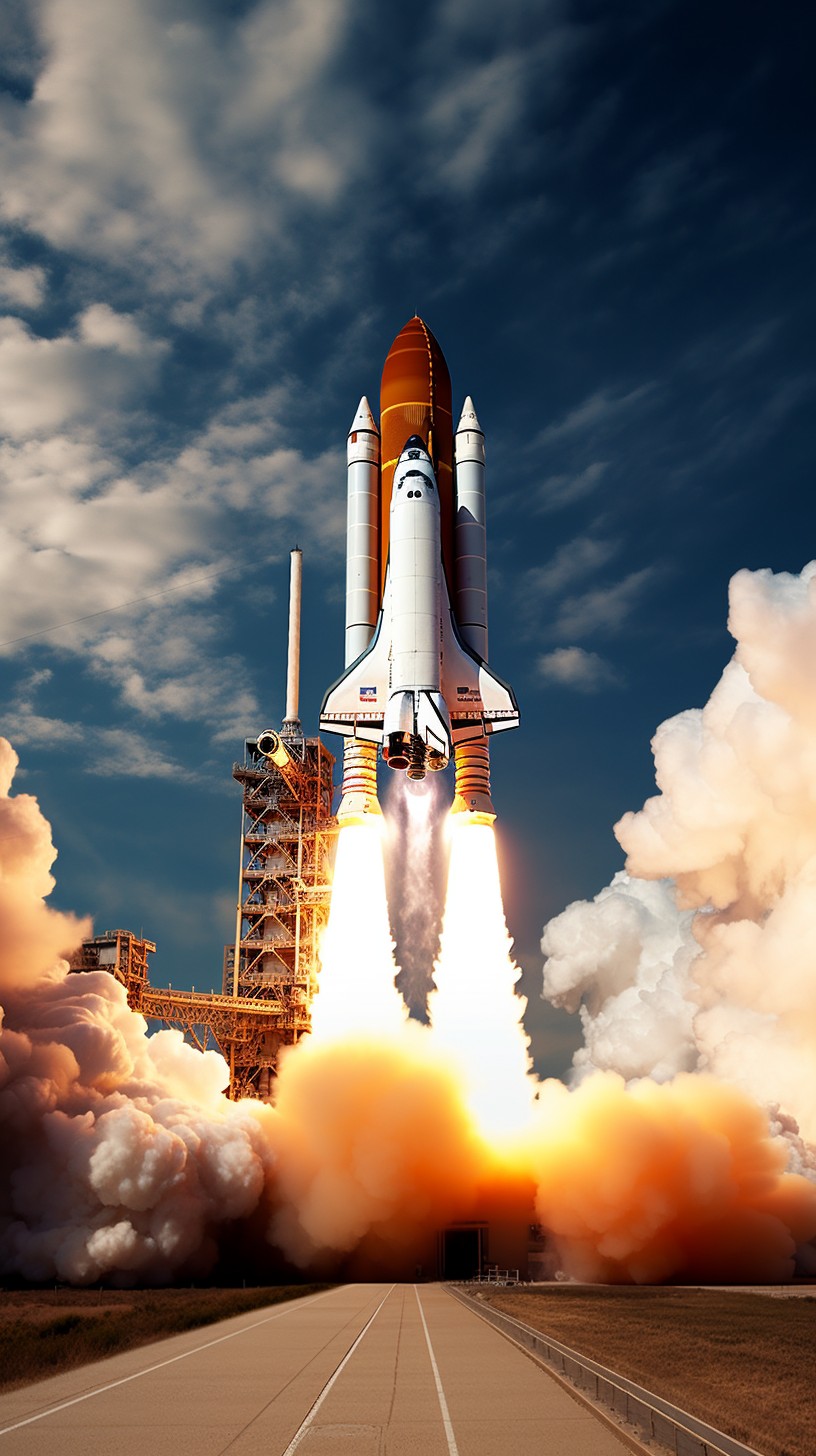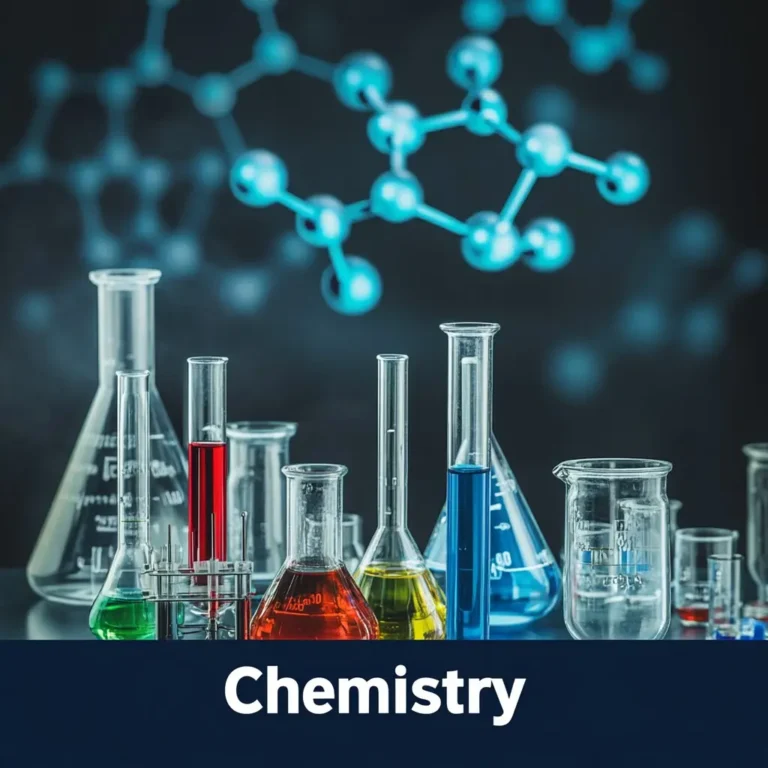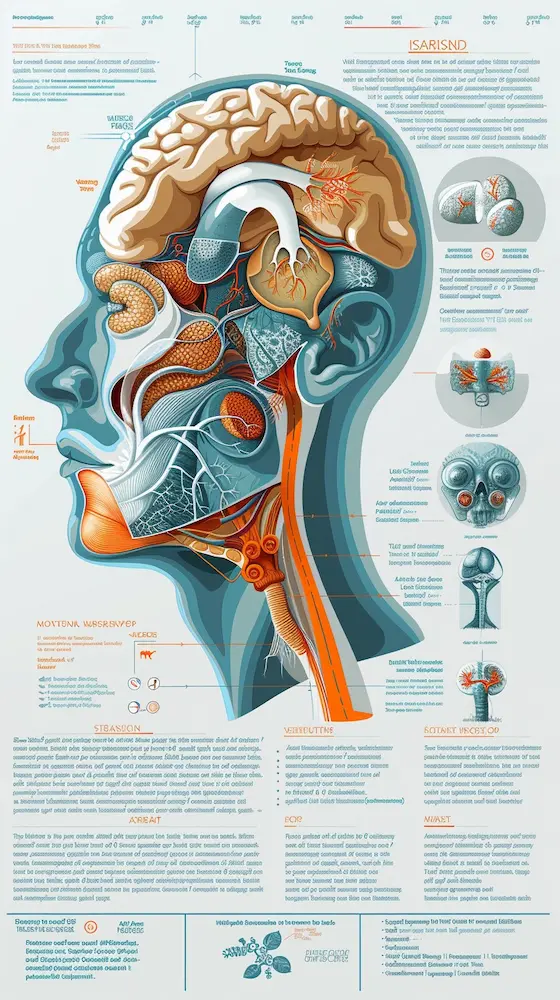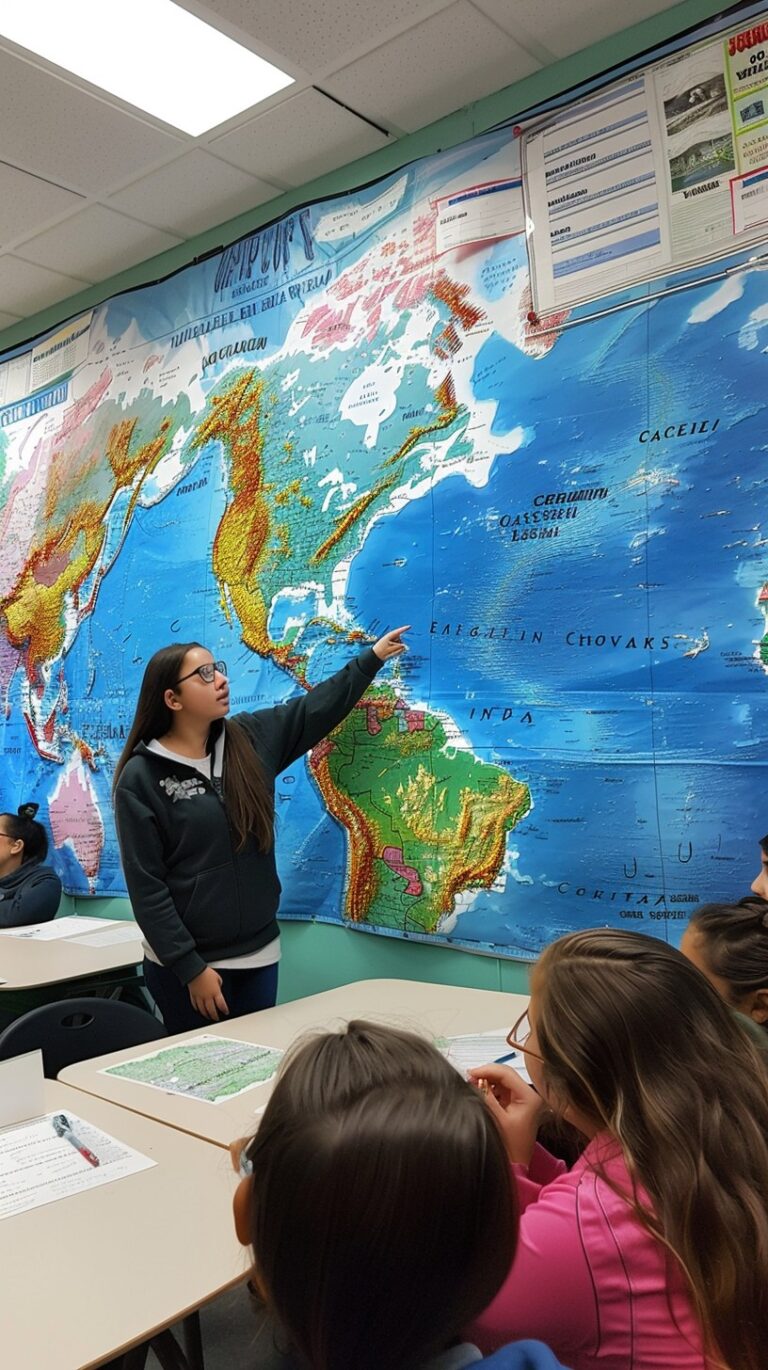General knowledge questions are more than just trivia—they’re a gateway to discovering amazing facts and surprising details about the world around us.
Ready to test your smarts? Dive into our handpicked collection of 70 engaging questions that span history, science, culture, and beyond. Challenge yourself, impress your friends, and uncover fascinating truths with each answer.
Think you’ve got what it takes? Let’s find out!
See also trivia game generator! and our Fun Facts generator for even more fun.
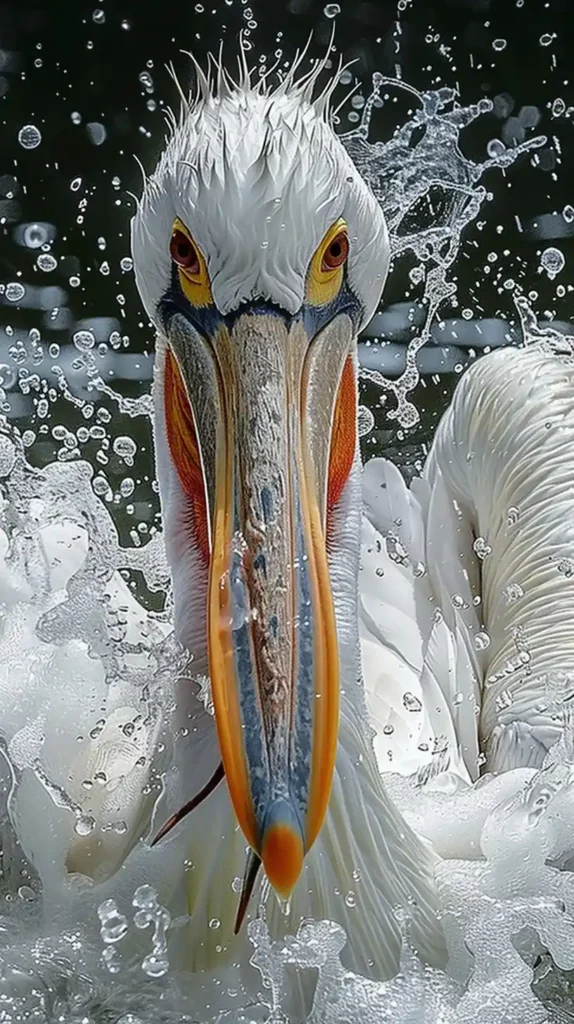
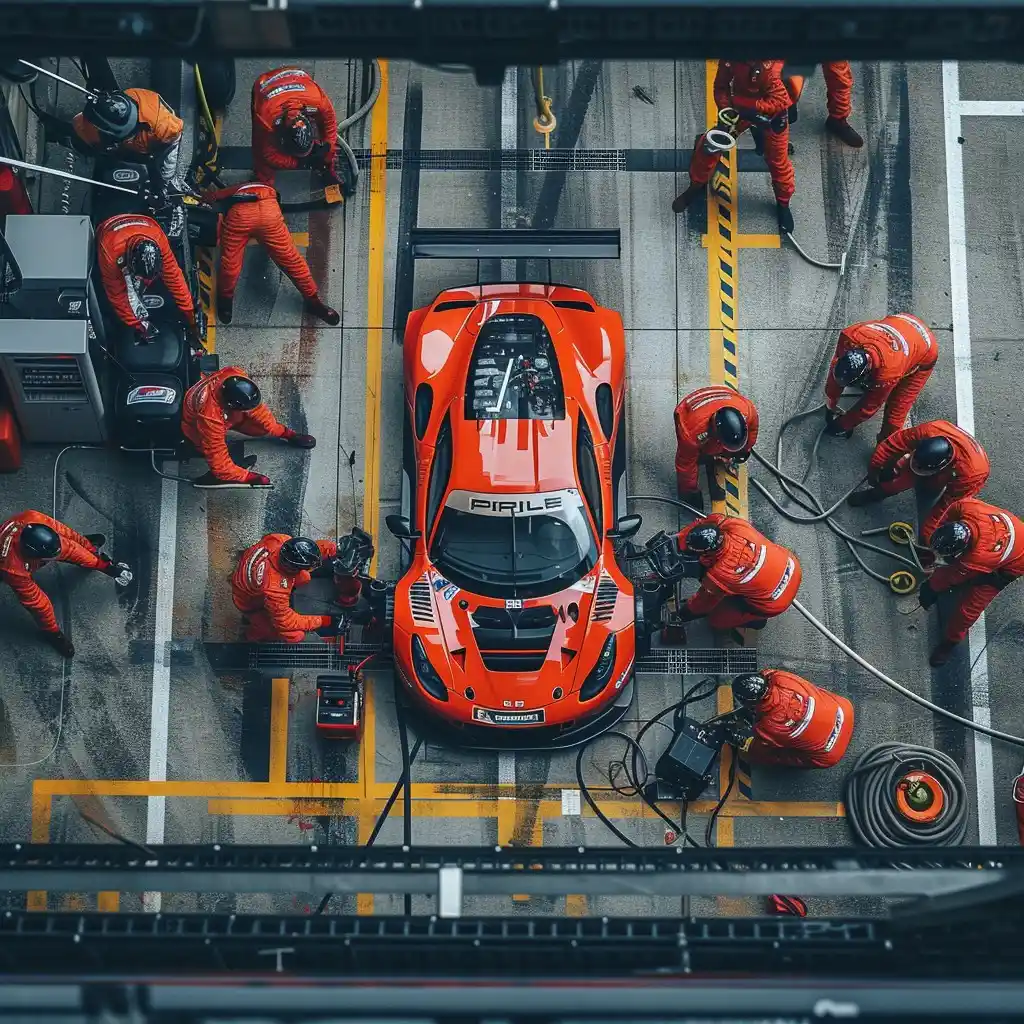

1. What is the largest planet in our solar system?
View Answer
Answer: Jupiter
Details: Jupiter is the largest planet in our solar system, known for its Great Red Spot and strong magnetic field.
2. Who wrote the play “Romeo and Juliet”?
View Answer
Answer: William Shakespeare
Details: William Shakespeare, an English playwright and poet, wrote “Romeo and Juliet,” a tragic love story.
3. What is the capital city of Australia?
View Answer
Answer: Canberra
Details: Canberra is the capital city of Australia, chosen as a compromise between Sydney and Melbourne.
4. What element has the chemical symbol ‘O’?
View Answer
Answer: Oxygen
Details: The chemical symbol ‘O’ stands for Oxygen, which is essential for respiration in most living organisms.
5. What is the hardest natural substance on Earth?
View Answer
Answer: Diamond
Details: Diamond is the hardest natural substance on Earth, known for its exceptional hardness and brilliance.
6. Who painted the Mona Lisa?
View Answer
Answer: Leonardo da Vinci
Details: Leonardo da Vinci, an Italian Renaissance artist, painted the Mona Lisa, one of the most famous portraits in the world.
7. What is the smallest country in the world by land area?
View Answer
Answer: Vatican City
Details: Vatican City is the smallest country in the world by land area, located within Rome, Italy.
8. What is the main language spoken in Brazil?
View Answer
Answer: Portuguese
Details: Portuguese is the official language of Brazil, a legacy of the country’s colonial past.
9. Who discovered penicillin?
View Answer
Answer: Alexander Fleming
Details: Alexander Fleming discovered penicillin in 1928, which revolutionized medicine by introducing antibiotics.
10. What is the largest ocean on Earth?
View Answer
Answer: Pacific Ocean
Details: The Pacific Ocean is the largest and deepest ocean on Earth, covering more than 63 million square miles.
11. What year did the Titanic sink?
View Answer
Answer: 1912
Details: The RMS Titanic sank on April 15, 1912, after hitting an iceberg during its maiden voyage.
12. What is the largest desert in the world?
View Answer
Answer: Antarctic Desert
Details: The Antarctic Desert is the largest desert in the world, characterized by its cold climate and vast icy expanses.
13. Who was the first person to walk on the Moon?
View Answer
Answer: Neil Armstrong
Details: Neil Armstrong became the first person to walk on the Moon on July 20, 1969, during the Apollo 11 mission.
14. What is the chemical symbol for Gold?
View Answer
Answer: Au
Details: The chemical symbol for Gold is Au, derived from the Latin word ‘aurum.’
15. What planet is known as the Red Planet?
View Answer
Answer: Mars
Details: Mars is known as the Red Planet due to its reddish appearance, which is caused by iron oxide on its surface.
16. Who is the author of the “Harry Potter” series?
View Answer
Answer: J.K. Rowling
Details: J.K. Rowling is the author of the “Harry Potter” series, which has become a global phenomenon in literature and film.
17. What is the longest river in the world?
View Answer
Answer: Nile River
Details: The Nile River is often considered the longest river in the world, flowing over 4,000 miles through northeastern Africa.
18. In what city would you find the Eiffel Tower?
View Answer
Answer: Paris
Details: The Eiffel Tower is located in Paris, France, and is one of the most iconic landmarks in the world.
19. What is the smallest unit of an element that retains its chemical properties?
View Answer
Answer: Atom
Details: An atom is the smallest unit of an element that retains the chemical properties of that element.
20. Who painted the Sistine Chapel ceiling?
View Answer
Answer: Michelangelo
Details: Michelangelo painted the ceiling of the Sistine Chapel, an extraordinary work of art located in Vatican City.
21. What is the main ingredient in guacamole?
View Answer
Answer: Avocado
Details: The main ingredient in guacamole is avocado, which provides the creamy texture and flavor.
22. What gas do plants primarily use for photosynthesis?
View Answer
Answer: Carbon Dioxide
Details: Plants primarily use carbon dioxide for photosynthesis, converting it into oxygen and glucose.
23. What is the capital of Canada?
View Answer
Answer: Ottawa
Details: Ottawa is the capital city of Canada, known for its national museums and historic landmarks.
24. What famous physicist developed the theory of relativity?
View Answer
Answer: Albert Einstein
Details: Albert Einstein developed the theory of relativity, which revolutionized our understanding of space, time, and gravity.
25. What is the largest organ in the human body?
View Answer
Answer: Skin
Details: The skin is the largest organ in the human body, serving as a protective barrier and playing a role in temperature regulation.
26. Who wrote “To Kill a Mockingbird”?
View Answer
Answer: Harper Lee
Details: Harper Lee wrote “To Kill a Mockingbird,” a novel that addresses serious themes of racial injustice and moral growth.
27. What is the chemical symbol for Silver?
View Answer
Answer: Ag
Details: The chemical symbol for Silver is Ag, which comes from the Latin word ‘argentum.’
28. What is the term for a word that is similar in meaning to another word?
View Answer
Answer: Synonym
Details: A synonym is a word that has the same or similar meaning as another word.
29. What is the main purpose of the United Nations?
View Answer
Answer: To promote international cooperation and peace
Details: The main purpose of the United Nations is to promote international cooperation and maintain peace and security among nations.
30. What is the largest species of shark?
View Answer
Answer: Whale Shark
Details: The Whale Shark is the largest species of shark and the largest fish in the world, known for its gentle nature.
31. What is the capital city of Japan?
View Answer
Answer: Tokyo
Details: Tokyo is the capital city of Japan and one of the most populous and vibrant cities in the world.
32. What ancient wonder was located in the city of Babylon?
View Answer
Answer: Hanging Gardens of Babylon
Details: The Hanging Gardens of Babylon were one of the Seven Wonders of the Ancient World, renowned for their lush, terraced gardens.
33. Who is known as the “Father of Modern Physics”?
View Answer
Answer: Isaac Newton
Details: Isaac Newton is often referred to as the “Father of Modern Physics” for his foundational work in classical mechanics and gravitation.
34. What is the largest island in the world?
View Answer
Answer: Greenland
Details: Greenland is the largest island in the world by area, located in the Arctic Ocean.
35. In what year did World War I begin?
View Answer
Answer: 1914
Details: World War I began in 1914 and lasted until 1918, involving many of the world’s great powers.
36. What is the most abundant gas in Earth’s atmosphere?
View Answer
Answer: Nitrogen
Details: Nitrogen is the most abundant gas in Earth’s atmosphere, making up about 78% of it.
37. Who was the first female Prime Minister of the United Kingdom?
View Answer
Answer: Margaret Thatcher
Details: Margaret Thatcher was the first female Prime Minister of the United Kingdom, serving from 1979 to 1990.
38. What is the currency of Japan?
View Answer
Answer: Yen
Details: The currency of Japan is the Yen, which is represented by the symbol ¥ and the code JPY.
39. What is the largest species of bear?
View Answer
Answer: Polar Bear
Details: The Polar Bear is the largest species of bear, adapted to life in the Arctic environment.
40. What is the capital of Brazil?
View Answer
Answer: Brasília
Details: Brasília is the capital of Brazil, known for its modernist architecture and urban planning.
41. Who is the author of “Pride and Prejudice”?
View Answer
Answer: Jane Austen
Details: Jane Austen wrote “Pride and Prejudice,” a classic novel that explores themes of love, class, and social standing.
42. What organ in the human body is primarily responsible for pumping blood?
View Answer
Answer: Heart
Details: The heart is responsible for pumping blood throughout the body, supplying oxygen and nutrients to tissues.
43. What is the chemical symbol for Sodium?
View Answer
Answer: Na
Details: The chemical symbol for Sodium is Na, which comes from the Latin word ‘natron.’
44. What planet is known for its prominent ring system?
View Answer
Answer: Saturn
Details: Saturn is renowned for its striking ring system, which is the most developed and visible among the planets.
45. What year did the Berlin Wall fall?
View Answer
Answer: 1989
Details: The Berlin Wall fell in 1989, marking a significant event in the end of the Cold War and the reunification of Germany.
46. What is the primary ingredient in a traditional Italian pizza?
View Answer
Answer: Tomato Sauce
Details: Tomato sauce is a key ingredient in traditional Italian pizza, often topped with cheese and various toppings.
47. Who is the Greek goddess of wisdom?
View Answer
Answer: Athena
Details: Athena is the Greek goddess of wisdom, courage, and warfare, often depicted with an owl and a shield.
48. What is the boiling point of water in Celsius?
View Answer
Answer: 100°C
Details: The boiling point of water is 100°C at standard atmospheric pressure, where it changes from liquid to gas.
49. What is the main purpose of the International Space Station (ISS)?
View Answer
Answer: To conduct scientific research and international cooperation in space
Details: The ISS serves as a platform for scientific research and international collaboration, advancing our understanding of space and technology.
50. What is the capital of Italy?
View Answer
Answer: Rome
Details: Rome is the capital city of Italy, known for its rich history, ancient landmarks, and cultural heritage.
51. Who was the first U.S. President to be impeached?
View Answer
Answer: Andrew Johnson
Details: Andrew Johnson was the first U.S. President to be impeached, in 1868, though he was acquitted by the Senate.
52. What is the main function of the white blood cells in the human body?
View Answer
Answer: To fight infection
Details: White blood cells are crucial to the immune system, helping to defend the body against infections and diseases.
53. What is the largest species of penguin?
View Answer
Answer: Emperor Penguin
Details: The Emperor Penguin is the largest species of penguin, known for its distinctive size and role in Antarctic ecosystems.
54. What is the primary language spoken in Egypt?
View Answer
Answer: Arabic
Details: Arabic is the primary language spoken in Egypt, reflecting the country’s cultural and historical connections with the Arab world.
55. What is the capital of South Korea?
View Answer
Answer: Seoul
Details: Seoul is the capital and largest city of South Korea, a major center of culture, politics, and economics.
56. What is the largest internal organ in the human body?
View Answer
Answer: Liver
Details: The liver is the largest internal organ in the human body, essential for various metabolic processes and detoxification.
57. Who was the 16th President of the United States?
View Answer
Answer: Abraham Lincoln
Details: Abraham Lincoln served as the 16th President of the United States, leading the country through the Civil War and abolishing slavery.
58. What is the primary function of the respiratory system?
View Answer
Answer: To facilitate breathing and gas exchange
Details: The respiratory system’s primary function is to enable breathing and the exchange of oxygen and carbon dioxide in the body.
59. What famous battle took place on June 6, 1944?
View Answer
Answer: D-Day (Normandy Invasion)
Details: D-Day, or the Normandy Invasion, occurred on June 6, 1944, and was a significant event in World War II, marking the Allied invasion of German-occupied France.
60. What is the name of the longest river in Asia?
View Answer
Answer: Yangtze River
Details: The Yangtze River is the longest river in Asia, flowing through China and playing a crucial role in the country’s culture and economy.
61. What is the primary purpose of the World Health Organization (WHO)?
View Answer
Answer: To promote global health and provide leadership on international public health issues
Details: The World Health Organization aims to improve global health, respond to health emergencies, and provide guidance on public health matters.
62. What is the primary function of the digestive system?
View Answer
Answer: To break down food and absorb nutrients
Details: The digestive system breaks down food into nutrients that the body can absorb and use for energy, growth, and repair.
63. What is the term for a word that is opposite in meaning to another word?
View Answer
Answer: Antonym
Details: An antonym is a word that has the opposite meaning of another word.
64. What year was the Declaration of Independence signed?
View Answer
Answer: 1776
Details: The Declaration of Independence was signed in 1776, marking the American colonies’ declaration of independence from Britain.
65. What is the capital of France?
View Answer
Answer: Paris
Details: Paris is the capital of France, renowned for its art, history, and landmarks such as the Eiffel Tower and the Louvre Museum.
66. What famous scientist is known for his laws of motion and universal gravitation?
View Answer
Answer: Isaac Newton
Details: Isaac Newton formulated the laws of motion and universal gravitation, which laid the foundation for classical mechanics.
67. What is the main function of the skeletal system?
View Answer
Answer: To provide support and structure to the body
Details: The skeletal system provides support, structure, and protection for vital organs and enables movement through its interaction with muscles.
68. What ancient civilization built the pyramids of Giza?
View Answer
Answer: Ancient Egyptians
Details: The pyramids of Giza were built by the Ancient Egyptians as tombs for their pharaohs, showcasing their advanced engineering skills.
69. What is the name of the process by which plants make their own food?
View Answer
Answer: Photosynthesis
Details: Photosynthesis is the process by which plants use sunlight, carbon dioxide, and water to produce glucose and oxygen.
70. What is the largest land animal in the world?
View Answer
Answer: African Elephant
Details: The African Elephant is the largest land animal, known for its massive size, long trunk, and large ears.
Reference
- U.S. Department of Education: A comprehensive resource for educational policies, statistics, and information about various educational initiatives. Read more here.
- National Archives: The U.S. National Archives provides access to historical documents, educational resources, and trivia related to American history. Read more here.
- Khan Academy: A non-profit educational platform offering a wide range of free resources and trivia questions across various subjects, including math, science, and history. Read more here.
- PBS LearningMedia: A free resource for educators, PBS LearningMedia offers educational materials, including trivia questions and quizzes across various subjects. Read more here.
- National Geographic Education: This platform provides educational resources, including trivia questions related to geography, science, and history. Read more here.
- Smithsonian Learning Lab: The Smithsonian offers a wealth of educational resources, including trivia questions related to American history, art, and culture. Read more here.
- World Health Organization (WHO): WHO provides educational resources and trivia related to global health issues and initiatives. Read more here.
- American Museum of Natural History: Offers educational resources, including trivia questions related to natural history, science, and anthropology. Read more here.
